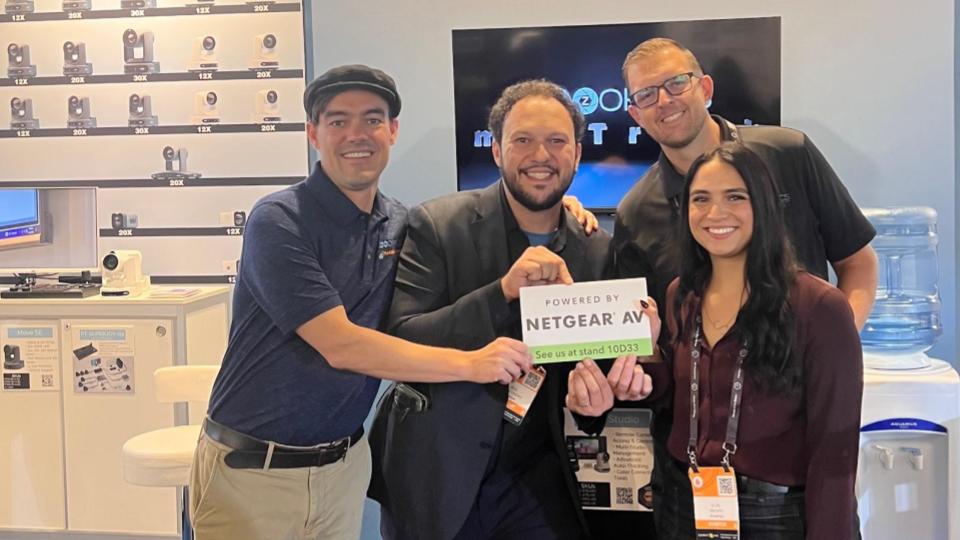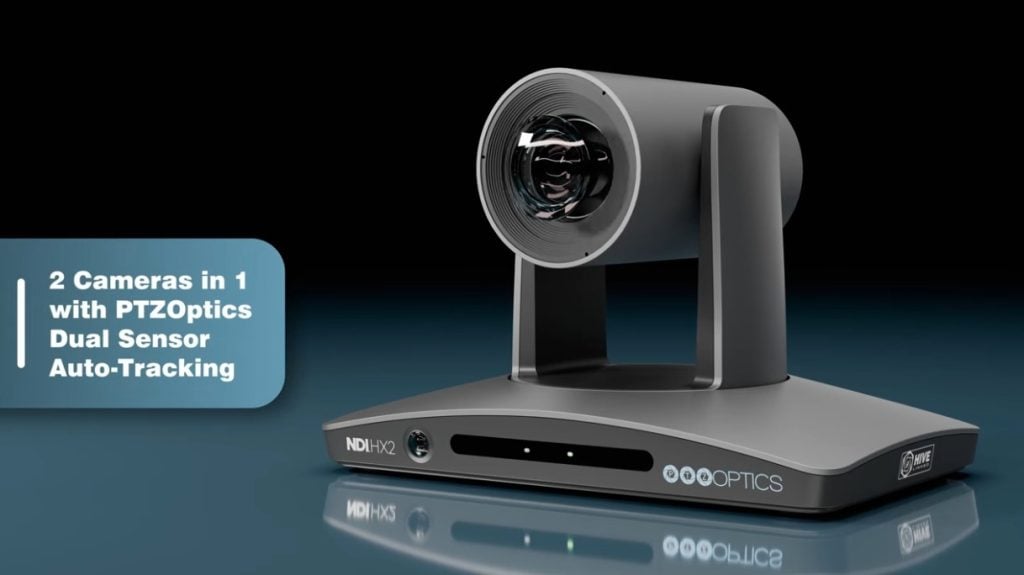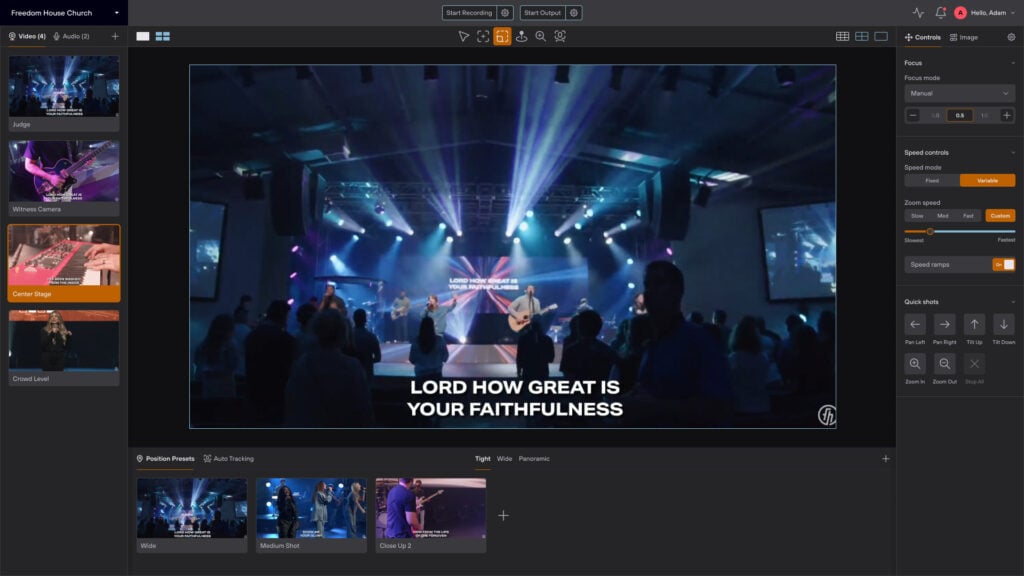The Gear You Need to GO LIVE
Written by Paul Richards on June 16, 2017
The Gear You Need to Go LIVE
Determining what equipment is necessary to go LIVE, can be intimidating. However, it’s imperative to consider your gear when developing your show. If your audio and video quality are lacking, it can be difficult if not impossible to appear credible to your audience. Now, that’s not to say you need a $12,000 budget (though it helps ;)). My last piece covered designing a set on a budget, and now it’s time to think about the scary part, the streaming gear. Here are some things you want to look into getting to make your LIVE production “Go”.
- Audio- Your audience needs to hear you of course (unless you’re doing sign language). From experience, bad audio has been more detrimental in my live streams than bad video. If your audience can’t hear you, they may be even more likely to leave your stream than if your video quality is lacking. We use the Focusrite Scarlett paired with DPA D:Fine headset mics. Something else that’s a MUST HAVE is headphones. If you don’t have headphones, you either can’t hear your guest, or your audience hears an unbearable echo. Cheap and easy fix!
- Video- PTZ Cameras (pan, tilt, zoom) are great for live streaming, and are what most streamers use. They often allow you to stream directly to certain platforms and allow for optimal movement of the camera itself, great for a DIY one or two-man production team. PTZOptics cameras are what we use, for obvious reasons, but they are truly one of the best values for the price. They offer the same quality as the top names, with much fairer prices, and a 3-year warranty, not to mention in-house support. They all have the pan, tilt, zoom, functions that allow you to easily set presets and transition between shots, for the multi-camera multi-shot look.
- Streaming Hardware or Software- To have a high-quality production, you should be running your shows via a video production software or hardware. This allows the user to switch between shots, add music, images, video clips, overlays, transitions, and MUCH more to your streams. Some of my favorites include NewTek Tricaster, vMix, Wirecast, XSplit, and OBS.
- Lighting- This is my biggest struggle with our streams, and I’ve honestly yet to master it. Lighting is very important for the quality of your stream as well. A basic lighting set up I’ve had success with is three-point lighting. That includes two lights in front of your subject. A key light and a fill light. As well as a back light or hair light, behind and above your subject. It’s also a good idea to give your subject at least a couple of feet of space between themselves and the background to create some dimension. We’ve just recently started playing with Phillips Hue Lights, which can be a fun way to add changeable color to your set.
- PC & Bandwidth- Now, I’m still learning about this myself, but here’s what I can gather of this as of now. If your live streaming in 1080p, likely the preferred method unless you’re streaming to Facebook, you’re going to want around 8mbps of bandwidth. I would make sure you have a reliable computer or separate PC just for streaming to support your live streams.
There’s surely a lot more I could go into with gear that helps turn around kick-butt live streams, but this is a fantastic start. Good luck on your live streaming adventure! Leave a comment below if I’m leaving a key factor out.






